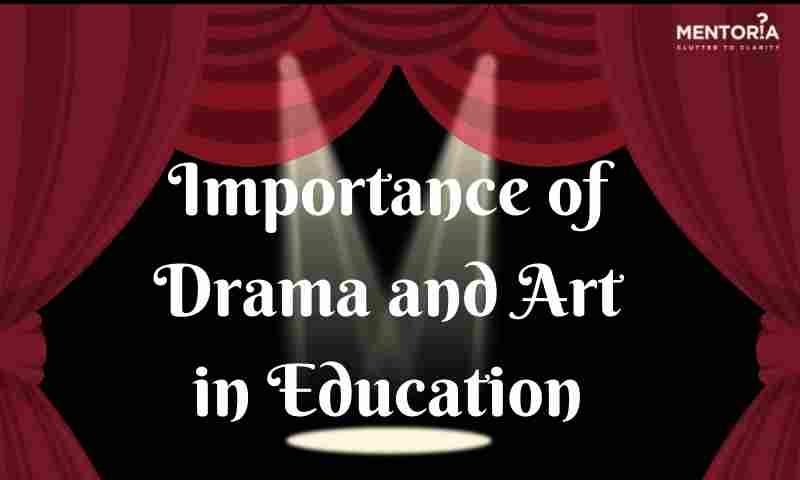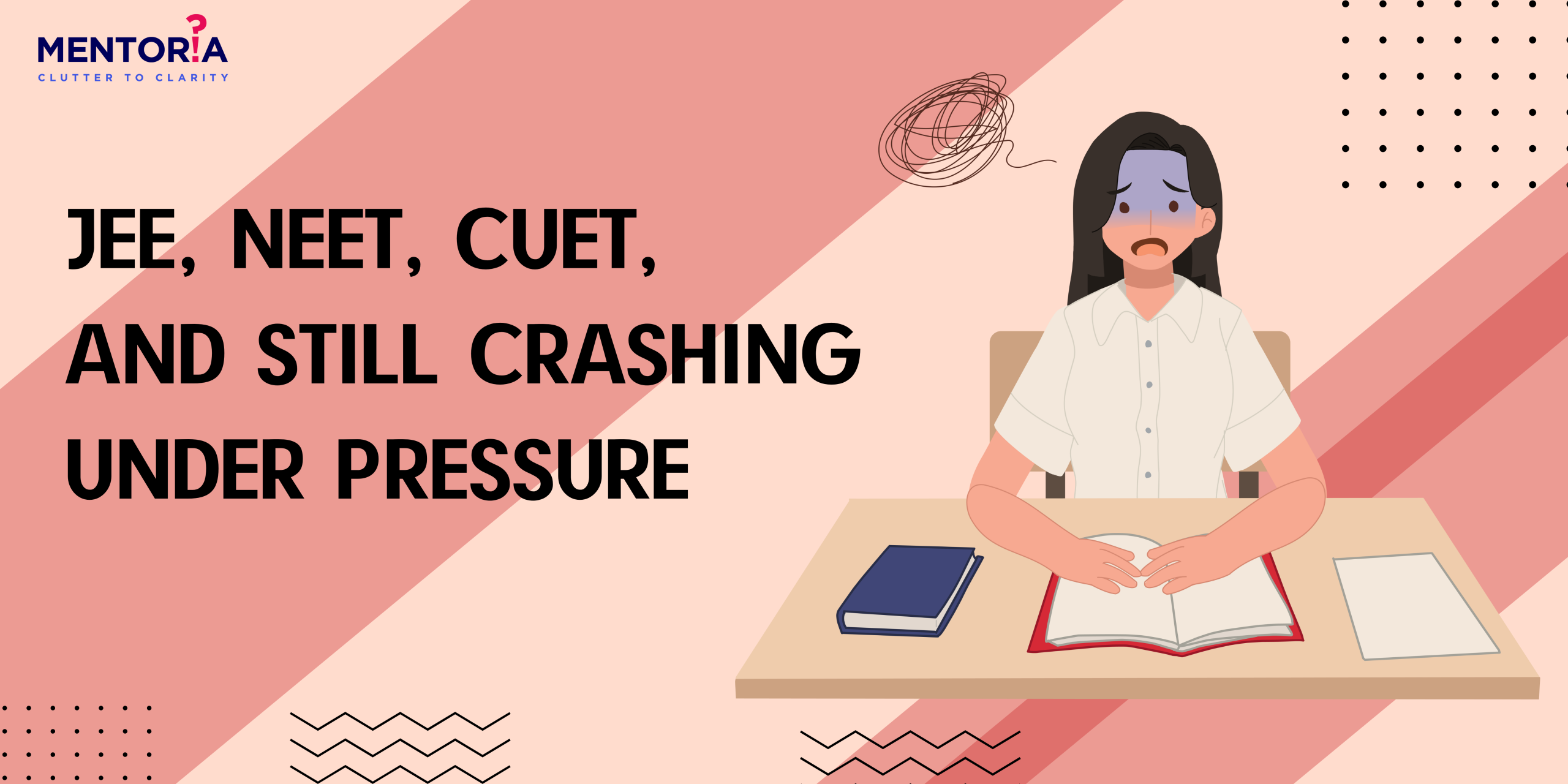Importance of Drama and Art in Education

Are you an avid lover of the performing arts? Does watching or listening to a podcast always make your eyes glisten with water? Do you feel free the moment you stand on a podium to perform? Also, have you already watched, re-watched and know all the lines to Hamilton already by heart? If yes, then “my good sir” (pun intended), you’re a true connoisseur of drama and art!
But little do we know the impact and importance of drama and art in education. Drama and theatre are both critical outlets for self-expression and using drama as a teaching device, and students are included and involved in every way, be it physically, socially, intellectually or emotionally. Furthermore, the use of drama and art in education leads to a holistic way of learning, accelerates personality development and imparts students with important life skills such as problem-solving skills, cooperation, leadership and collaboration. Through this article, we will see the importance of drama and art in education, their advantages, role and goals in the learning process.
What is Drama?
Drama, in simple words, is referred to as a form of fiction portrayed in a performance in a theatre, TV or radio and any of its performing arts such as plays, theatre, mime, ballet, musicals, etc. The word ‘drama’ is originally taken from the Greek term ‘drama’/’drao’, which also refers to ‘I do’ or action. Thus, acting or performing action comes into play through theatrical, TV, radio or live performances of a fictional story.
Importance of Drama and Art in Education
We live in a society where students are spoon-fed 24*7 snatching their right and ability to think for themselves! And sadly, students gulping down a chunk of information without understanding it is disastrous for society! But that’s precisely where drama steps in! You’re wondering how’s that possible? Well, let us tell you!
To encourage creativity, innovative learning, critical thinking and logical reasoning in students, drama and arts play a key role in the education process. Here are the key reasons for the importance of drama and arts in education:
- Teaches Self-Expression: Learning how to express yourself is crucial to growing up! And you can learn all about the importance of self-expression through the use of drama and arts in education and creative expression; drama helps in broadening the perceptions, which later helps in expressing yourself better in the future!
- Life Skill Training: It imparts various life skills such as teamwork, compassion, collaboration and cooperation.
- Accepting Constructive Criticism: You will also learn how to take constructive criticism and feedback in a way that helps you become a better individual.
- Helps in Personality Development: The use of drama and art in education also revs personality development in various students.
- Problem-solving Skills: Students learn about the importance of problem-solving in every situation through drama and other performative art forms. They learn to be in a group, work together around various things, thrive as a team, and become superb at problem-solving!
Importance of Art in Education
What’s the first thing that pops into your mind when you hear about art? Maybe DaVinci’s Mona Lisa or Van Gogh’s Starry night? And you might be wondering how these paintings or art are relevant in education. Well, you will be surprised to know how much they influence us!
Including arts in education can make learning fun and amusing while
inculcating essential skills in our minds, such as critical as well as analytical thinking, teamwork, time management, life skills and much more;
Here is all you need to know about the role of art in education:
- Creativity: Using arts and crafts in education makes you more creative and challenges you to imagine through various co-curricular activities!
- Motor Skills: Art helps in imbibing various practical motor skills, especially in younger children as they learn to hold a colouring brush or draw multiple shapes, etc.
- Confidence: Art is not limited to one form! Different types of arts help you discover your hidden talents and foster your creativity, thus making you even more confident about your unique abilities.
- Perseverance: Arts require tremendous practice and endeavours to find one’s creative spirit; thus, it helps in fostering perseverance.
- Focus: Once you start getting all creative with your new artwork, your concentration and focus level are bound to increase. Not only when you’re making art but also in the classroom!
Goals of Drama and Art in Education
Here are the essential objectives of Drama and Art in Education:
- You will learn about theatre and performing arts and transform simple stories into beautiful scripts.
- You will be equipped with crucial critical thinking, performance, speaking, writing, public speaking, and teamwork.
- Through the art of drama and art in education, you can also impart the knowledge of pronunciation, intonation, and narration.
- Language learning skills also get better through drama and art in education.
- You will soon know about different body language, impromptu performances and how to present a story in front of an audience, which will help you be always prepared for any situation!
Power of Theatre in Education
Storytelling is a reliable tool to promote learning in a meaningful manner. Since the theatre is a powerful driver of bringing a huge change in society, it can play a vital role in utilising drama and art in education. Using theatrical musicals and dramas, learning can be carried out interestingly. It caters to various other forms of learning methods as it adheres to VARK, which is a renowned teaching model by Neil Fleming and emphasises the use of
- Visual
- Aural
- Read/Write
- Kinesthetic Sensory in education.
Through innovative stories and creative dramas, a multi-sensory experience can be curated, thus making learning fun and exciting.
How to Use Drama in Education?
The drama element used in the education process may differ for institutions depending on their approach and the goal they want to achieve. Nevertheless, the classic form of drama implemented in imparting education is called ‘Role Play’, which has helped several students concentrate and focus on the happenings in the class.
Other than role play for using drama and art in education, you can also experiment with the following types of co-curricular activities to entertain children and carve out a more relevant learning experience:
- Mime Exercises [Using drama to act out various concepts]
- Make literary sketches
- Charades
- Improv
- Penning a story from their most loved drama characters
- One-word story
- Smash the fourth wall and let the characters improve [to facilitate critical thinking]
Implementing Art in Learning
Taking help from art forms is the best way to entice young students to learn. It is difficult for a teacher to tell kindergarteners about the benefits of education. Hence art is the best means to start the learning process for a student at a young age. The visual representation of texts, allotting a picture to an object and narrating a story through motion graphics or toys has proven effective in exposing young students to an educational journey. A few of the main activities you can practice with youngsters to help them learn better are:
- Painting & Drawing
- Utilising visuals to learn something
- Altering complicated concepts into rhymes and songs
- Utilising puppets to explain a concept
- Making stories from a single word
We hope the blog has helped you understand the importance of Drama and Art in education. Several institutions imbibe art and drama in their courses to make them more legible and rich. Let our experts at Mentoria help you choose a course best suited for you.






